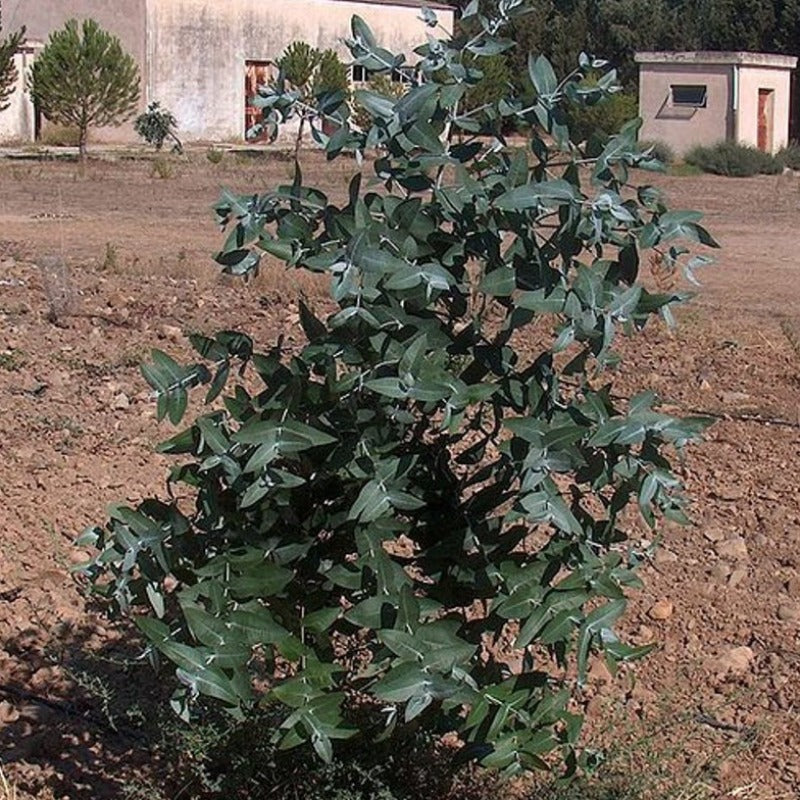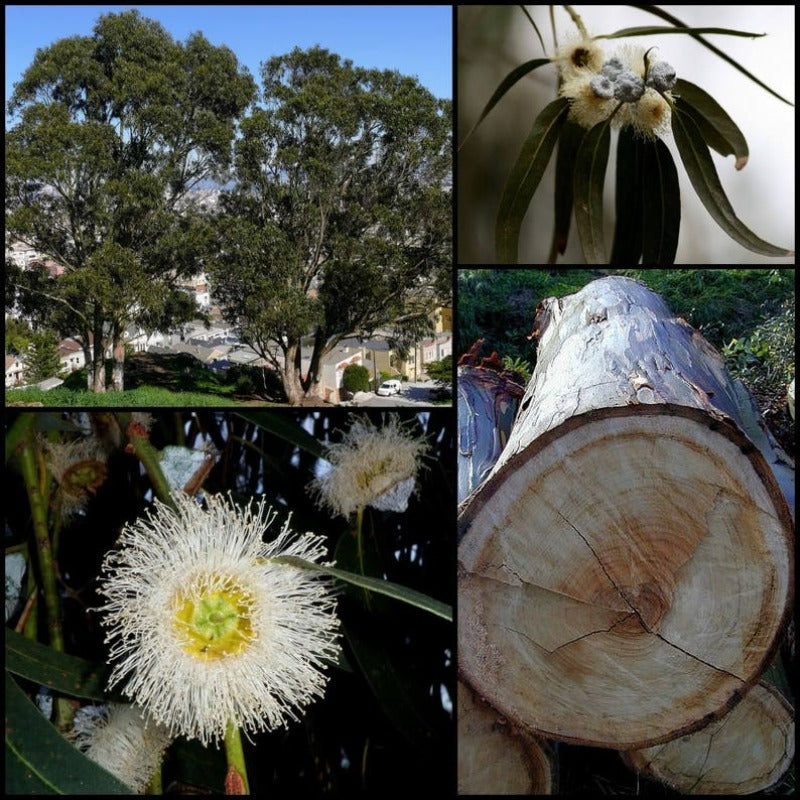- Historical context: The Tasmanian Gum Tree, also known as Eucalyptus globulus, is a species of flowering plant in the myrtle family, Myrtaceae. It was first described by the French botanist Jacques Labillardière in 1800.
- Geographical origination: The Tasmanian Gum Tree is native to southeastern Australia, specifically Tasmania and southern Victoria.
- Relevant cultural significance: The tree has significant cultural importance in Australia, where it is often used in traditional medicine and as a source of timber.
- Time period of discovery: The Tasmanian Gum Tree was discovered in the late 18th century and formally described in 1800.
- Original habitat: The tree typically grows in wet forests and woodlands, often in mountainous regions.
- Notable historical uses: Historically, the Tasmanian Gum Tree has been used for its timber, which is valued for its strength and durability. The leaves have also been used to produce eucalyptus oil, which has various medicinal and industrial applications.
- Ideal temperature range: The Tasmanian Gum Tree thrives in temperatures ranging from 10°C to 25°C (50°F to 77°F).
- Soil type: It prefers well-drained, fertile soils but can tolerate a range of soil types, including sandy and clay soils.
- Sunlight requirements: Full sun is ideal for optimal growth.
- Watering needs: The tree requires moderate watering, especially during dry periods. It is relatively drought-tolerant once established.
- Planting season: The best time to plant Tasmanian Gum Tree seeds is in the spring or early summer.
- Germination time: Germination typically takes 2 to 4 weeks under optimal conditions.
- Growth cycle duration: The tree can grow rapidly, reaching heights of up to 30 meters (98 feet) within 10 to 15 years.
- Common pests and diseases: Common pests include the eucalyptus beetle and psyllids. Diseases such as root rot and leaf spot can also affect the tree.
- Companion planting advice: Companion plants include other native Australian species such as Acacia and Grevillea, which can help create a balanced ecosystem.
- Common challenges and solutions: Challenges include susceptibility to frost and wind damage. Solutions involve planting in sheltered locations and providing frost protection during the early stages of growth.
- Nutritional values: While the seeds themselves are not typically consumed, the leaves are used to produce eucalyptus oil, which has various health benefits.
- Health benefits: Eucalyptus oil is known for its antiseptic, anti-inflammatory, and decongestant properties. It is commonly used in aromatherapy and as a natural remedy for respiratory issues.
- Culinary uses: The leaves are not commonly used in cooking due to their strong, medicinal flavor.
- Medicinal uses: Eucalyptus oil is used in traditional medicine to treat colds, coughs, and other respiratory conditions. It is also used in topical applications for its antiseptic properties.
- Other unique advantages: The Tasmanian Gum Tree is also valued for its environmental benefits, including its ability to improve soil quality and provide habitat for wildlife. Its rapid growth makes it an excellent choice for reforestation projects.










